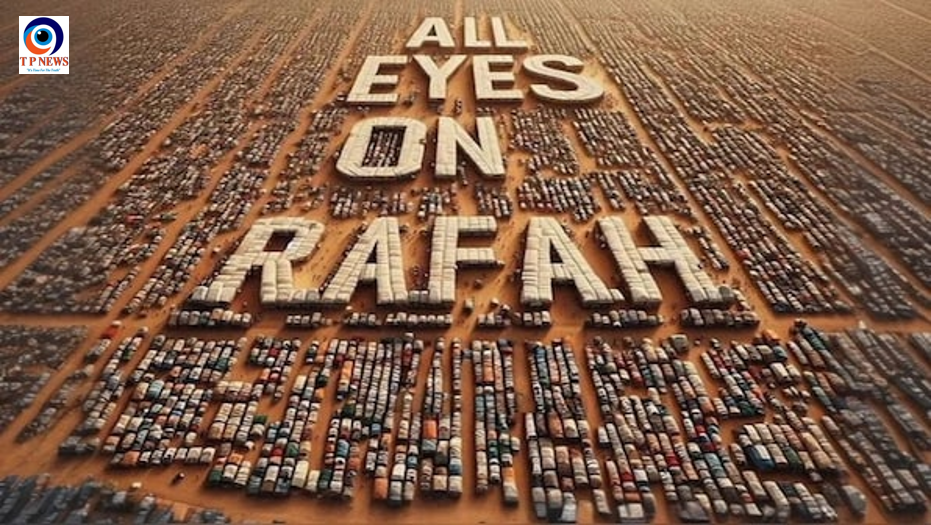Italy: good evening everyone, and thank you very much for accepting the invitation to participate in the G7 Outreach session here in Puglia under the Italian Presidency.
We didn’t choose this place by chance, we chose it because Puglia is a southern region of Italy and because it is a land that has historically represented a bridge between West and East, a place of dialogue in the ‘middle sea’ that, through northern Africa and the Middle East, connects the two great maritime spaces of the globe: the Atlantic on one side and the Indo-Pacific on the other.
This place and this wide outreach that we wanted to invite are a clear message from the G7 under the Italian Presidency. We will never accept the narrative that wants the ‘West against the rest’. We know we can only deal with the global challenges we are facing if we are able to cooperate with respect and with a peer-to-peer approach. Among the many global challenges that we are called on to face in this period, we decided to dedicate the Outreach session to those that we consider very pressing: Artificial Intelligence first of all, with the opportunities it opens up and the risks it hides; the Mediterranean, an area of crisis and a place of dialogue; the African continent, with which we work to build a completely new cooperation as equals; and, obviously, the need to deal without ideological approaches with climate change, which impacts above all on the nations of the Global South.
We will have two keynote speakers to start our work. His Holiness Pope Francis, who gave us the great honour to participate in our working session and will share with us his point of view on Artificial Intelligence. It is the first time that a Pontiff participates in a meeting of the Group of Seven, and this inevitably makes today’s appointment a historic moment. So, I will never thank you enough for being here, Your Holiness.
Then we will have His Excellency Mohamed Ould El Ghazouani, President of Mauritania and rotating Chair of the African Union, who will bring the point of view of African nations on the expectations of the continent.
I’ll stop here. Thank you again, Your Holiness. The floor is yours.




















